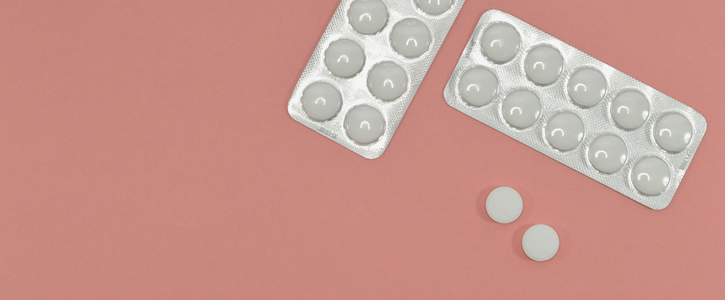How 3 Distinct Databases Exposed Link Between Opioid Marketing and Prescribing
Counties where doctors received more opioid marketing dollars saw greater mortality rates.

Using county-level data from three national databases, researchers have unearthed a link between pharmaceutical companies’ increased direct-to-physician opioid marketing and overdose deaths, even as the opioid epidemic was known to be ravaging the U.S.
When opioid manufacturers spent more money on these campaigns or distributed more marketing materials or payments to doctors per capita, mortality from opioid overdoses climbed, according to the study, which was published today in JAMA Network Open. Amplified marketing efforts also accompanied greater opioid prescribing rates, which researchers said “partially mediated” the link between opioid marketing and overdose deaths.
The findings are the first to link opioid marketing dollars and efforts to opioid overdoses, wrote the authors, led by Scott E. Hadland, M.D., MPH, MS, an assistant professor and addiction specialist at Boston University School of Medicine and Boston Medical Center. Prior research has already suggested a link between increased opioid marketing and prescribing rates.
>> READ: As Opioid Overdose Deaths Surpass Car Crashes, Healthcare Must Turn to Tech
“Our findings suggest that direct-to-physician opioid marketing may counter current national efforts to reduce the number of opioids prescribed and that policymakers might consider limits on these activities as part of a robust, evidence-based response to the opioid overdose epidemic in the United States,” the authors noted.
In recent years, the opioid crisis has stepped into the national spotlight, causing more than 17,000 overdose deaths per year and sparking panicked efforts to curb addiction rates. Although opioids are a global problem, the U.S. prescribes more opioids than other countries, which is especially concerning because many people who abuse opioids initially take the drugs through a prescription, according to the study.
By 2013, a picture of the opioid epidemic had begun to emerge. But from August of that year through 2015, pharmaceutical companies made 434,754 marketing payments totaling $39.7 million to 67,507 physicians in more than 2,200 counties, the study authors found. The figures did not include money tied to opioid research.
Opioid marketing mostly affected counties with mixed racial and ethnic populations, fewer senior citizens and generally wealthier, more educated and employed residents. The Northeast saw the largest concentration of opioid marketing, while the Midwest saw the smallest.
The researchers came to these novel, potentially significant findings through a process of thorough data gathering and analysis.
They aggregated county-level data from two databases from the Centers for Disease Control and Prevention and one from the Centers for Medicare & Medicaid Services. The information spanned more than two years and focused on drug overdoses, pharmaceutical payments to physicians and opioid prescribing.
However affirming or enlightening the findings might be, the data raise a problem. It’s not a question of accuracy or integrity but relevance. In a related JAMA commentary, Jordan Trecki, Ph.D., of the U.S. Drug Enforcement Administration, argued that while the study supports an association between pharma opioid marketing, prescribing and abuse, the data tell a story from a different time.
“… As the opioid epidemic grows, it is evolving beyond prescription medications and heroin to involve illicitly produced fentanyl, fentanyl-related substances and other opioids, either alone or in combination,” Trecki wrote.
And that signals, as other experts have said, the unlikelihood that any single strategy will successfully curb the opioid crisis.
Get the best insights in healthcare analytics directly to your inbox.
Related
How 1 Small Change Reduced Post-Op Opioids at 3 Hospitals
FDA Clears mHealth App reSET-O for Opioid Addiction
The Opioid Epidemic’s Tech Problem